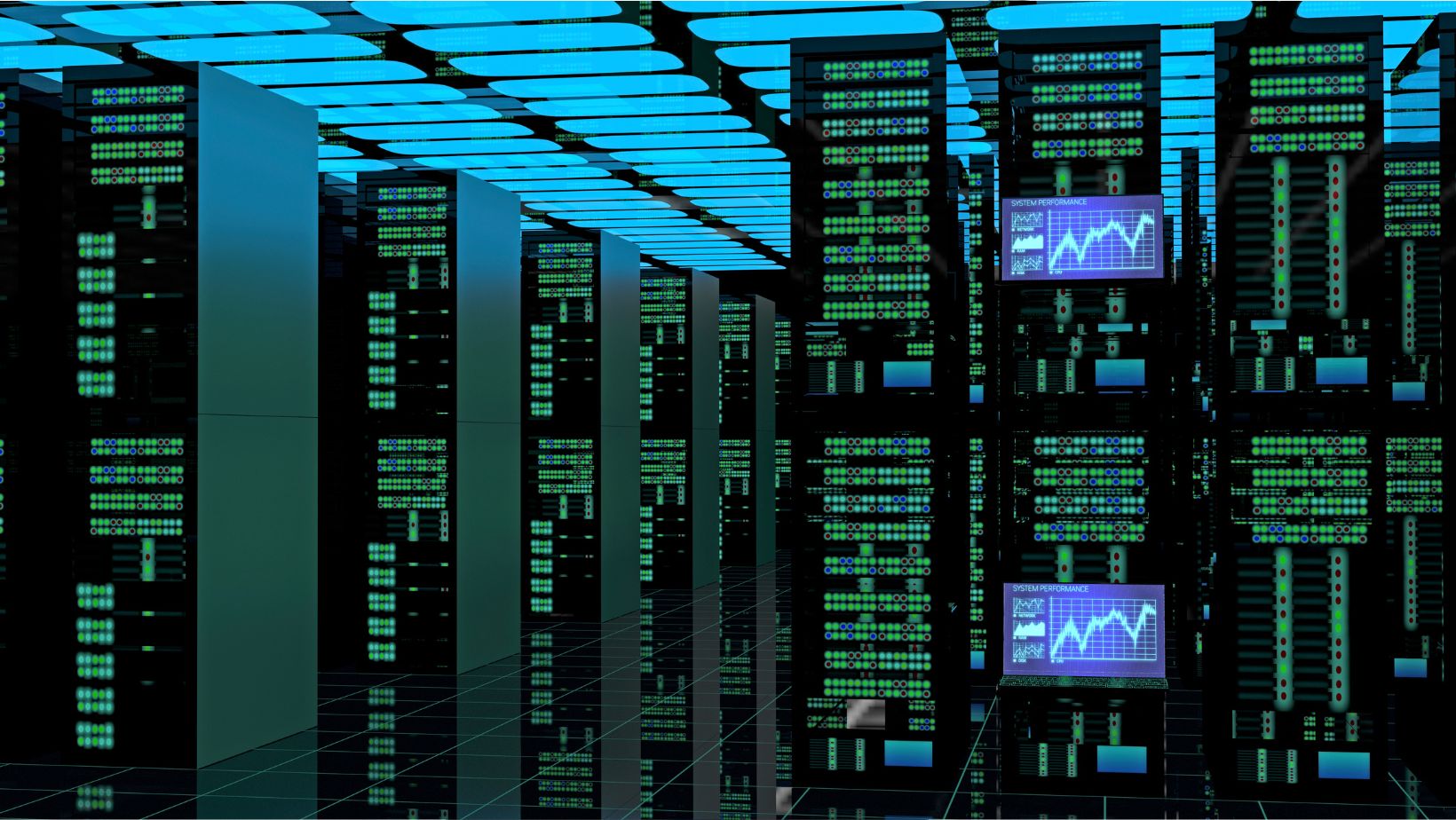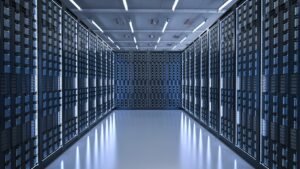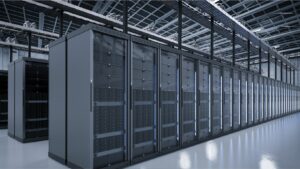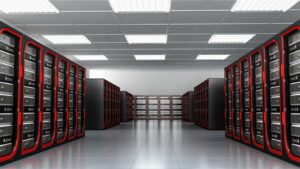
In an era where data centers and server rooms are critical to business operations, maintaining the right temperature is essential for the performance and reliability of IT equipment. Overheating can lead to hardware failures, reduced performance, and increased operational costs. This article explores various server room cooling solutions to help ensure optimal conditions for your technology infrastructure.
Server Room Cooling Solutions
Server rooms house Sensitive and expensive equipment that generates significant heat during operation. Proper cooling is essential to:
- Prevent Overheating: Excessive heat can cause servers to throttle performance or shut down to prevent damage. Consistent cooling helps keep temperatures within safe operating limits.
- Enhance Equipment Longevity: Maintaining optimal temperatures reduces wear and tear on hardware, extending the lifespan of your servers and other IT equipment.
- Improve Energy Efficiency: Effective cooling solutions can optimize energy use, reducing operational costs and environmental impact.
Types of Cooling Solutions
Air Conditioning (AC) Systems

- Precision Air Conditioning: These systems are designed for server rooms and data centers. They offer precise temperature control, humidity management, and reliability. Precision AC units often have advanced features such as variable-speed fans and high-efficiency filters.
- Traditional HVAC Units: Standard HVAC systems can be used for server room cooling, but they might not provide the level of precision required. They are typically more cost-effective for smaller server rooms or less critical environments.
In-Row Cooling
In-row cooling systems are positioned between server racks to cool the air around the servers directly. This method ensures that hot air from the servers is immediately cooled before it mixes with cooler air. In-row cooling is highly efficient and helps manage hot spots within the server room.
Overhead Cooling
Overhead cooling systems involve placing cooling units above server racks. These systems use ductwork to deliver cool air directly to the hot aisles or areas where cooling is needed most. Overhead cooling can be beneficial in large server rooms with high-density racks.
Cold Aisle and Hot Aisle Containment

-
- Cold Aisle Containment: This approach involves enclosing the cold aisles (where cool air is delivered) to prevent mixing cold and hot air. This containment system ensures that cool air flows directly to the servers and efficiently extracts hot air.
- Hot Aisle Containment: In this setup, hot aisles (where hot air is expelled) are enclosed to prevent hot air from spreading. This containment system directs hot air to the cooling units, improving overall efficiency.
Liquid Cooling
-
- In-Server Liquid Cooling: This method uses liquid coolants directly within server components, such as CPUs and GPUs. It offers high cooling efficiency and is particularly useful for high-performance computing environments.
- Immersion Cooling: Servers are submerged in a non-conductive liquid that absorbs and dissipates heat. This method provides excellent cooling efficiency and is becoming increasingly popular for high-density data centers.
Considerations for Choosing a Cooling Solution

- Server Room Size and Density: The size and density of your server room will influence the type of cooling solution you need. High-density environments may require advanced cooling solutions like in-row or liquid cooling.
- Energy Efficiency: Look for cooling systems with high energy efficiency ratings. Energy-efficient cooling can lower operational costs and reduce your environmental footprint.
- Scalability: Choose a cooling solution that can scale with your needs. As your server room grows, your cooling system should be able to adapt to increased heat loads.
- Maintenance and Reliability: Evaluate the cooling solution’s maintenance requirements and reliability. Regular maintenance is crucial to ensure uninterrupted cooling and avoid potential downtime.
- Budget: Consider both initial investment and ongoing operational costs. While advanced cooling solutions may have higher upfront costs, their efficiency, and long-term savings can justify the investment.
Effective server room cooling is vital for ensuring your IT infrastructure’s performance, reliability, and longevity. By understanding the different cooling solutions—such as precision air conditioning, in-row cooling, and liquid cooling—you can select the best option to meet your needs. Proper cooling prevents overheating and contributes to energy efficiency and operational savings. Investing in the right cooling solution will help maintain optimal conditions in your server room, ensuring smooth and reliable operations.
